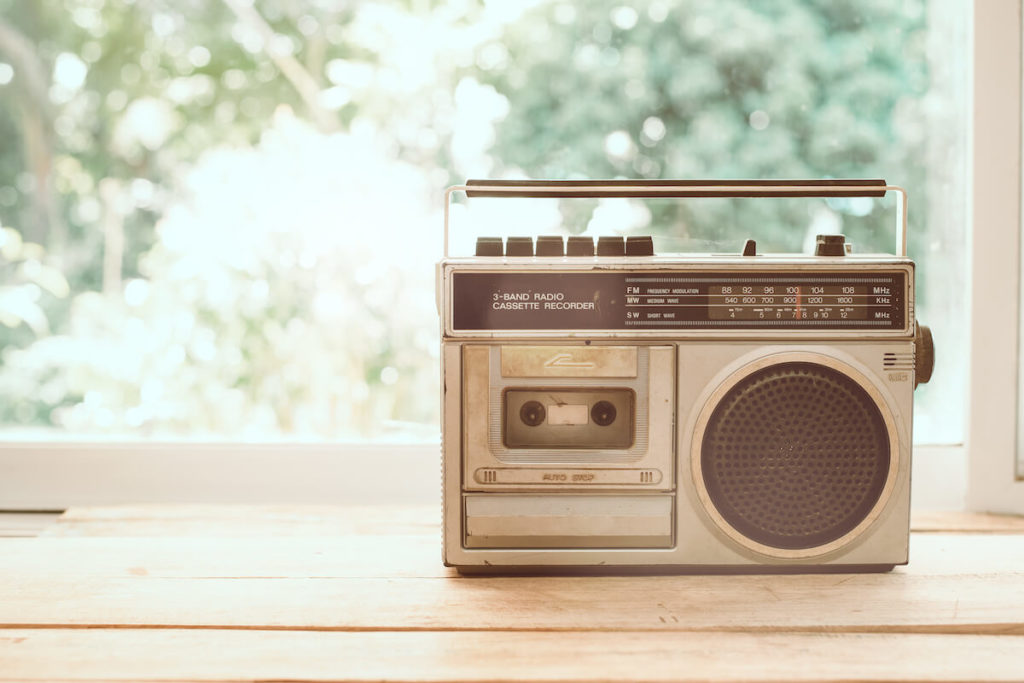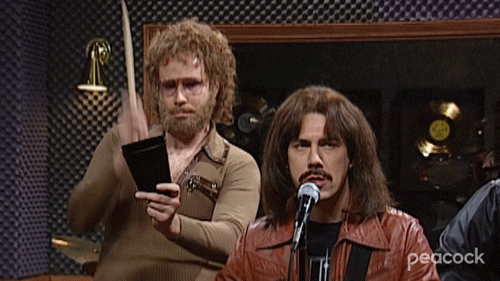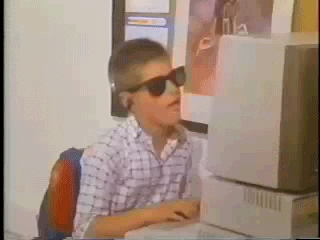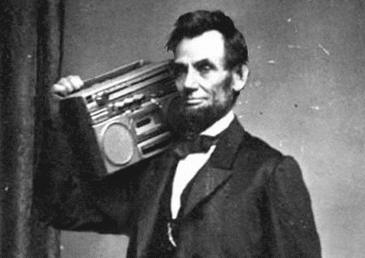
Radio ads have long been part of the marketing mix. Even in our digital age, radio stations continue to play a powerful role in reaching local demographics. Beyond local radio stations, digital radio ad spots can prove just as powerful for small businesses.
Of course, no matter who your target audience might be, the most pressing question from your clients is likely “How much do radio ads cost?”
The reality is that several factors can influence radio advertising costs. From production costs to the advertising rates set by individual stations, many factors come into play.
First things first: production costs

When your boss asks “How much do radio ads cost?”, they are likely focused on the cost of buying a single 30-second radio ad. But before you can even start thinking about buying an ad placement, you’ve got to create an ad that can be played on the radio!
If you don’t plan for how production will affect your marketing budget, you’ll have a sad, empty wallet and no way to actually put those ads on the radio.
Script writing is (obviously) going to be step one. Fortunately, this is something you should be able to do with your own marketing know-how. In many ways, this can be much easier than other types of ads, because you don’t have to worry about storyboards, sets, camera equipment, and graphic design. No need to budget for a live llama or a fiery explosion!
Of course, you still need to consider how you’ll make your ad engaging to your target market. A clever script is just one part of the ad. If you want to write a jingle, you’ll need to hire musicians to record the song.
You also need someone to read the lines. AI can often replace voice actors, but if you want a genuine human voice for your ad (especially one that uses local accents), it will typically cost you $200 or more per ad. There’s a reason why so many radio ads only use one voice actor.
Buying placements for a radio advertising campaign

While production costs are an important consideration, the biggest influence on your radio ad costs is the station you choose to advertise with.
As the saying goes, location, location, location. Your target city is going to have a huge impact on your advertising rates. Take these market estimates from Gaebler: While a single 30-second spot in New York City will set you back $1,405, a similar ad in Topeka, Kansas will only cost around $25.
Of course, there’s a big difference between New York City’s population and Topeka’s. The potential number of listeners is always going to be an important part of radio advertising rates, and the population of the station’s area typically serves as the baseline for determining listenership.
Not all radio stations are created equal. There are generally a lot more people listening to news/talk shows and Top 40 stations than oldies. Not that there’s anything wrong with oldies! If that’s what your target audience likes to listen to, then that’s where you should focus your ad buys (and you’ll save money that way, too).
Either way, the “big name” radio stations are in areas that always have higher ad rates than smaller stations with fewer listeners.
Time of day also plays a big role in how much you can expect to pay for your ad placement. The rush hour time slot is going to have a lot more potential listeners than whoever is unfortunate enough to be out on the road at 2 AM. The peak time for radio advertising is generally the morning rush hour (between 6 AM to 9 AM) when everyone wants something to listen to while staring at bumper-to-bumper traffic.
The number of times your ad will play on a station may also affect your rates. Most stations set a flat rate per advertising spot, though some may occasionally offer “pricing per spot,” that lets you pick placements for specific times at a lower price. However, “pricing per spot” placements are usually going to be for those less desirable times when fewer people are listening.
If you were looking for super specific numbers, you’re probably feeling a bit bummed right now. The fact is, you have to talk to individual radio stations you want to advertise with to get their specific rates — and we’re not about to research the rates for each of the 15,000+ stations in the U.S. for you. We’re not that nice. But hopefully, this overview will help you understand why your wallet feels so much lighter after buying a radio ad placement.
The good news is that when you contact a radio station, they can provide a rate chart that tells you exactly how much you should expect to pay for 30-second or 60-second spots.
What about digital advertising?

Today, there are more types of radio than just AM and FM. Digital radio has become an increasingly important part of the audio advertising landscape, with millions of people listening to platforms like Spotify and Pandora.
With digital platforms, you can use more specific targeting functions (such as age or behavioral targeting) in an effort to reach the exact demographics you need. This can be a great way to ensure that your ad isn’t broadcasted to people who have no interest in your product or service — something you can’t really guarantee with local radio.
However, while you may not be paying the crazy rates of a New York City radio spot, the costs can still add up surprisingly fast.
For example, both Spotify and Pandora require a minimum $250 spend. Pricing is based on the CPM (cost per mille — or the cost to reach one thousand listeners), rather than the total potential listenership, as in traditional radio. While this means you can have total transparency in how many people your ad is reaching, the nature of digital ads also puts you in “bidding wars” to get to listeners’ ears.
Similar to a Google Ad campaign, this could ultimately mean far fewer placements if you are targeting a competitive demographic. Depending on your budget, this could make it hard to get the repeat placements that are so important for improving awareness with your listeners.
Since people listen to digital radio on smartphones, tablets, and other devices with screens, this also means that there are more advertising options available. Audio ads will typically have a lower CPM than video ads, while banner ads that don’t include any audio will be cheaper still.
Crafting a cost-effective radio commercial

From production expenses to making the actual ad buy, a lot of costs go into a successful radio campaign. You might worry that answering the question “How much do radio ads cost?” could get your boss’s eyes to bulge and they’ll swear off radio spots forever.
The thing is, radio can still be a powerful tool in getting conversions from local audiences. Decibel Ads is on your side to make the cost of radio advertising more manageable than ever.
Our comprehensive tool allows you to create an ad in as little as five minutes with free tools and templates. Then, our ad buying program helps you get cost-effective placements with hyper-local targeting and total control over your budget. Radio is definitely still a viable marketing strategy — and now, even small businesses and entrepreneurs with smaller budgets can take advantage of it.